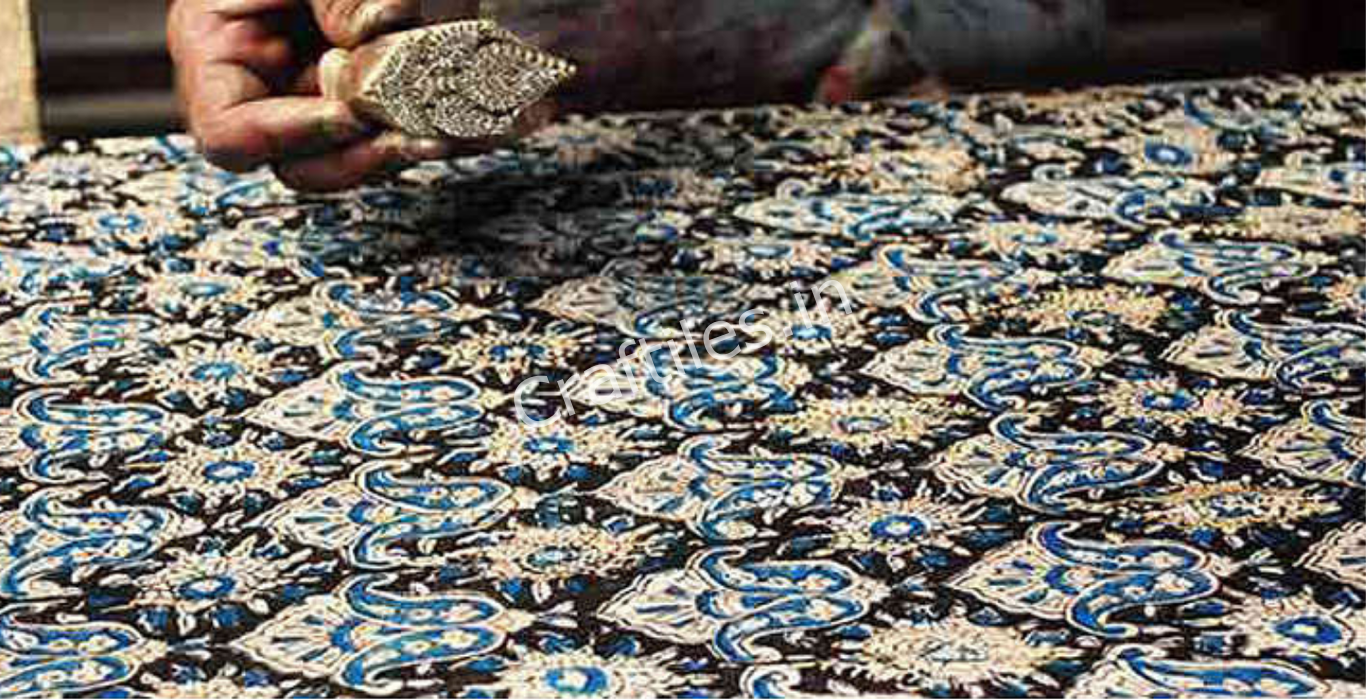Sanganeri Prints: So Much of Jaipur in Each Block
Sanganeri hand block printing is more than just a style for decor on textiles; it is actually a craft that embodies the true essence of Jaipur’s rich heritage and artistic soul. Like most prints in the Sanganeri style, intricate patterns and vivid colors distinguish them, adorning homes and wardrobes for centuries. But what distinguishes them is the thread of Jaipur’s culture, craftsmanship, and timelessness every single block carries along with it in its story.
The History of Sanganeri Prints
The original craft of block printing was first invented in the quaint town of Sanganer, which came under Jaipur. During the 16th and 17th century, such a unique art form flourished under the patronage of the royal families. Being the cultural hub of Rajasthan, Jaipur has always been a hotbed of creativeness, so block printing Sanganeri became one of the most valued crafts here. Generations passed, and techniques were transferred to keep the tradition alive.
Every design displays the influence of the Mughal period, with floral patterns and delicate motifs and fine detailing. The impression style of this usual type of print was hand-carved wooden blocks, each one a work of art. The Sanganeri prints are so intimately connected with the history of Jaipur that both artistic precision and cultural heritage come together in its timeless designs.
Craftsmanship Behind Every Block
What makes Sanganeri prints special is that they consume a tremendous amount of time and skills accumulated over the years in developing them. Every printing block is hand-carved by a craftsman who has devoted a couple of years or even more to practicing the art. The blocks are engraved with intricate designs, which can range from very fine floral motifs to bold geometric shapes. In other words, each block is unique and bears the imprint of the craftsman who made it.
Once the blocks are made, it is printed. The craftsman dips the block in natural dyes, most of which came from plants, minerals, and other organic compounds; the printing is then highly painstakingly done with the stamps onto the material. This is something done by hand; therefore, there is a difference to each piece, and all differ slightly from one another in their patterns. It speaks of that labor-intensive process whereby a piece may take days or even weeks to work on, testifying to the various skills the craftsmen possess, to which they have to dedicate themselves for such long periods.
Reflection of Jaipur’s Cultural Heritage
Sanganeri prints hold a rich cultural heritage of Jaipur. Floral motifs are found there, ensuing from the flora of Rajasthan. The flowers blooming in those royal courts reflect and do the same about roses, marigolds, and lotus to be symbolic of beauty, prosperity, and purity. Some prints have Persian influences through and through, especially in the decoration with paisleys and fine detailing, which traces back Jaipur’s historical past to the Mughal Empire.
A second connection with the traditional way of life of Jaipur is through the use of natural dyes. Traditionally, these dyes were prepared from the ingredients of local nature, including such things like indigo, turmeric, pomegranate, and even onion skins. Being in tune with nature not only gives more depth to colors but also represents a sustainable practice that has been in their culture for generations.
A Timeless Tradition in Modern Times
While digital printing and mass production exist, the Sanganeri hand-block prints have made a space for themselves in this present world. The more that people become inclined toward things hand-crafted and artisanal, carrying within them a sense of authenticity and craftsmanship, the more so they need something like the Sanganeri prints-lastly, a print as fabulous as it’s complex: the Sanganeri prints, whose colors reverberate within the latest fashions and home décor.
From bed sheets and pillow cover to sarees and scarves, these prints add an element of grace and traditional characteristics to any space or outfit. We take pride at Jaipur Dharohar in preserving this tradition by offering handiwork similar to the centuries-old painstakingness defining Sanganeri prints.
Conclusion
Sanganeri hand block printing is something beyond merely an art-and-creativity craft. It is a living tradition and, in a way, speaks to the rich cultural heritage of Jaipur. Every block carries within itself a story related to the artisans who made it, the historical influences that gave it shape, and the natural beauty that is its soul. You are buying a product; but, more importantly, you are a part of this most enduring legacy, one that celebrates art, culture, and history-a legacy that is the result of the passage of centuries of tradition, skill, and heritage in every block.
The next time you admire a Sanganeri printed fabric, take a moment to appreciate the few centuries of tradition, skill, and heritage that have been captured in each block.


